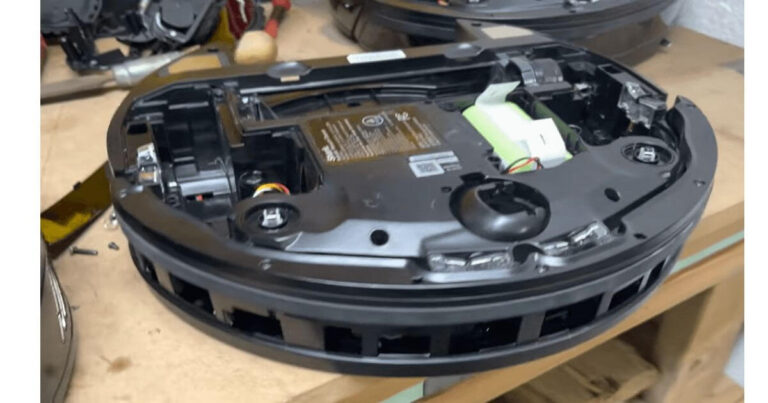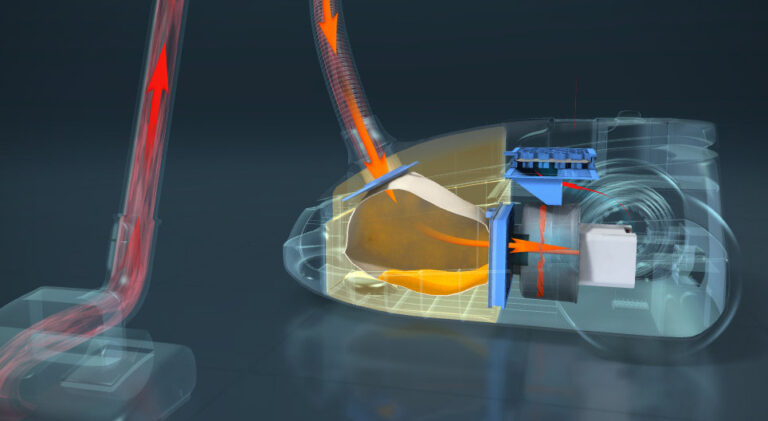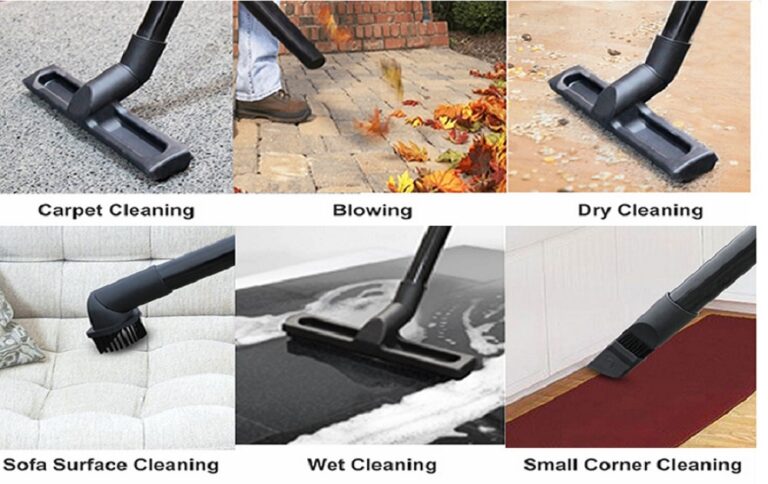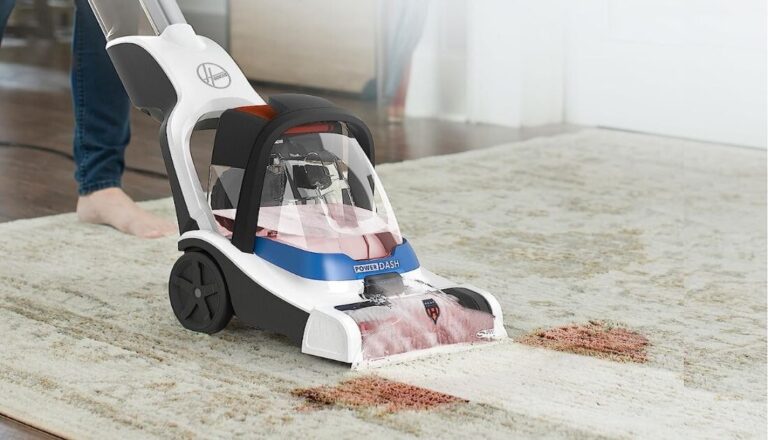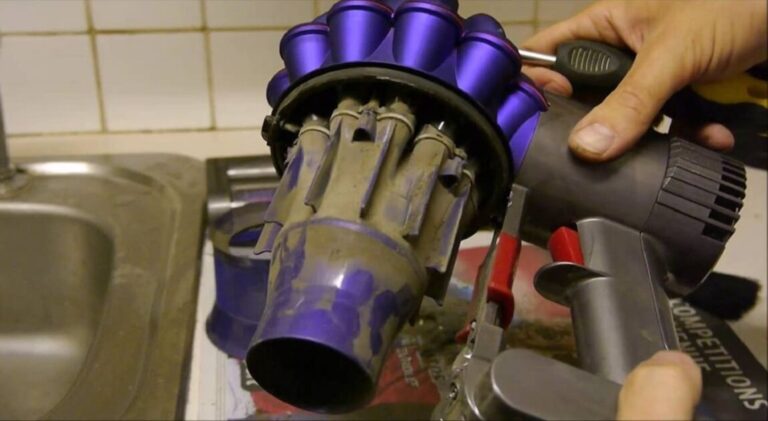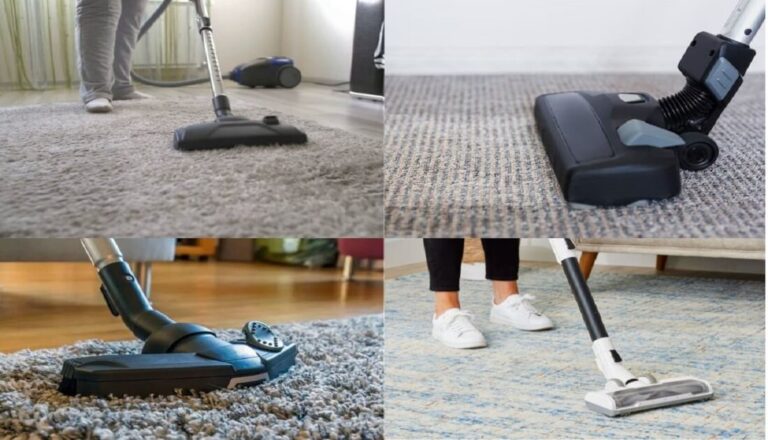Yes. A Bagless vacuum cleaner is worth the hassle because these vacuum cleaners don’t make you use disposal paper bags which are less costly than any other vacuum cleaners on the market. If you are looking for a proper blog about is bagless vacuum cleaners worth the money then you are on the right path.
Is a Bagless Vacuum Cleaner Worth the Hassle? If so, you should check out this article. Let’s get into the pros and cons of bagless vacuums so that you can make an informed decision.
If you’re planning to use your vacuum on carpets or floors, you need a HEPA filter. You’ll want a HEPA filter since it’ll get rid of a lot of dust, pollen, and bacteria.
What is a bagless vacuum cleaner?

A bagless vacuum cleaner is a type of vacuum cleaner that doesn’t use disposable bags to collect dust and debris. Instead of using bags to capture dirt, a bagless vacuum cleaner employs a dustbin or dirt cup, which is usually transparent, to collect the dirt and debris picked up during cleaning.
Bagless vacuum cleaners have gained popularity due to their convenience and cost-saving benefits. Users don’t need to buy replacement bags, reducing ongoing expenses. Additionally, the transparency of the dustbin allows users to see when it’s time to empty, preventing overfilling and loss of suction power.
Is a Bagless Vacuum Cleaner Worth the Hassle?
Bagless vacuum cleaners are becoming increasingly popular as more people are looking for ways to lower their environmental footprint.
The first thing to know about these vacuum cleaners is that they don’t require you to use disposable paper bags. This means that you will never need to spend money on new bags again, which is one of the best benefits of this type of vacuum cleaner.
The transparent dustbin allows you to see when it’s full and easily empty it without the need for a replacement bag. Bagless models tend to maintain consistent suction power until the dustbin is full.
Although these vacuums have their benefits, they also have some downsides. Their main problem is that they’re heavier than traditional vacuums, which makes them hard to maneuver in tight spaces and carry around.
Disadvantages of bagless vacuum cleaner

When emptying the dustbin of a bagless vacuum cleaner, there’s a higher chance of coming into contact with dust and allergens, which may be a concern for those with allergies or respiratory issues.
Emptying the dustbin can sometimes be messy, and dust may be released back into the air during the process.
Bagless models typically have filters that need regular cleaning or replacement to maintain optimal performance. And Some bagless models may lose suction power as the dustbin fills up, so more frequent emptying might be required for effective cleaning.
How Often to Replace or Wash a Bag of a Bagless Vacuum.
The frequency with which you should clean or wash a bagless vacuum cleaner depends on several factors, including how often you use the vacuum, the types of surfaces you clean, and the manufacturer’s recommendations.
For bagless vacuums, the frequency of changing or replacing the bag depends on how often you vacuum. Most experts recommend replacing or washing a bag of a bagless vacuum every 3 to 6 months.
A vacuum cleaner‘s performance is greatly affected by dust accumulation inside it. That is because the dust gets in between the filter and prevents air from passing through it, which leads to increased noise levels and reduced suction power.
Beside all this, It’s essential to empty the dustbin or dirt cup after each use or whenever it becomes full. A full dustbin can reduce the vacuum’s suction power and efficiency.
What Are the Different Types of Bags Used in Vacuum Cleaners?

Vacuum cleaners use different types of bags classified according to their filtering efficiency. Let’s take a look at some of the major types:
–Merv: These bags are designed to filter particles in the air that come from pets and pollen. Merv bags can filter out particles with a size of 0.3 microns.
–HEPA: These bags mainly filter out small particles and allergens in the air, such as bacteria and viruses. HEPA filters can capture up to 99% of such contaminants, no matter how small they are.
-Fiberglass: Generally, these vacuums use disposable fiberglass bags that offer high filtration efficiency but don’t last for long.
FAQs (Frequently Asked Questions)
How does a Bagless vacuum cleaner work?
Suction and Filtration: Just like bagged vacuum cleaners, bagless models use suction power to draw in dirt, dust, and debris from the floor or surfaces being cleaned. The air and particles pass through a series of filters to separate the dirt from the clean air.
Dust Collection: The separated dirt and debris are collected in a dustbin or dirt cup, which is usually located at the front or back of the vacuum cleaner. The dirt cup is designed to be transparent, allowing users to see when it’s full.
Emptying the Dustbin: Once the dustbin is full or when you’ve finished cleaning, you need to empty it. To do this, you typically remove the dustbin from the vacuum cleaner, open a trapdoor or release mechanism, and empty the contents into a trash bag or bin. Some models may have additional features to minimize dust exposure during this process.
Filter Maintenance: Bagless vacuum cleaners use filters to separate dirt and dust from the air. These filters require regular maintenance, including cleaning or replacement, to ensure the vacuum’s optimal performance and maintain suction power.
Summary
Ultimately, the decision comes down to personal preference and your specific cleaning needs. If you have allergies or prefer a cleaner emptying process, a bagged vacuum might be a better option. On the other hand, if you prioritize cost savings and environmental friendliness, a bagless vacuum cleaner could be worth considering.

